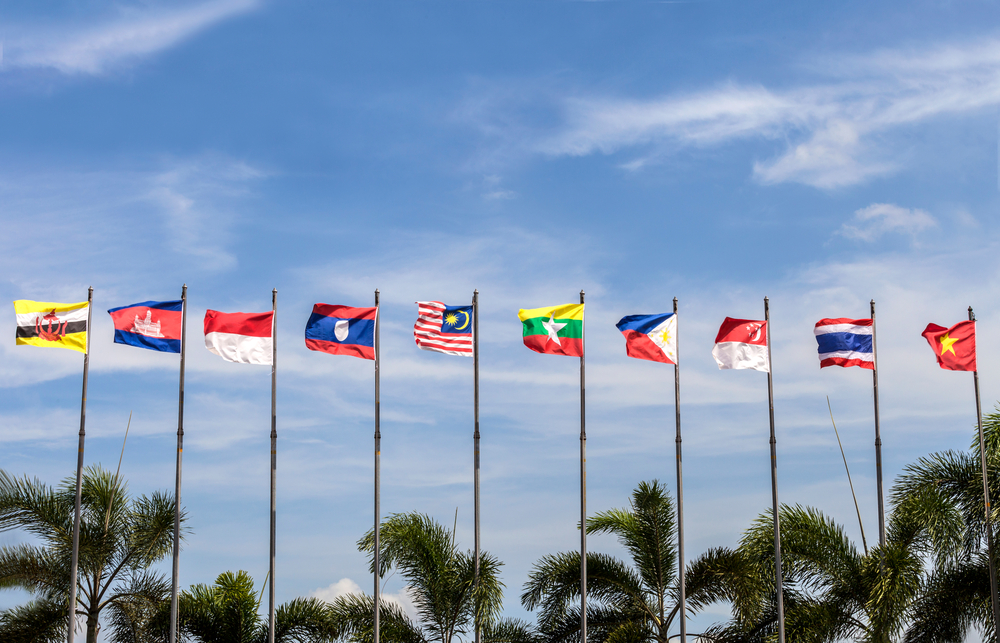China is not ASEAN’s Bad Guy

Please note that we are not authorised to provide any investment advice. The content on this page is for information purposes only.
Ongoing disputes in the South China Sea between China and four ASEAN member nations — Brunei, Malaysia, the Philippines and Vietnam — have dealt a major blow to the centrality and unity of ASEAN. Internal differences were on public display during the ASEAN Foreign Ministers Summit in 2012, leading to the non-issuance of the joint communiqué for the first time in ASEAN’s 45 years of existence.
Ongoing disputes in the South China Sea between China and four ASEAN member nations — Brunei, Malaysia, the Philippines and Vietnam — have dealt a major blow to the centrality and unity of ASEAN. Internal differences were on public display during the ASEAN Foreign Ministers Summit in 2012, leading to the non-issuance of the joint communiqué for the first time in ASEAN’s 45 years of existence.
The fallout from this meeting seriously strained relationships between some ASEAN member countries, especially Cambodia and the Philippines. What is even more challenging is the severe trust deficit within ASEAN. Some claimants to the disputed territories in the South China Sea have accused their colleagues of being lured by China’s big money at the expense of regional interests. Thus, it does not come as a big surprise that they have been deeply suspicious of China’s flagship ‘One Belt, One Road’ initiatives.
Rather than taking unrealistic and counterproductive steps to isolate China, member countries should focus on how they can take advantage of these initiatives to strengthen ASEAN. ASEAN members still face a number of critical challenges, including a lack of good infrastructure. This problem is even worse for smaller and poorer members, leaving them far behind their ASEAN fellows.
Efforts have been made to tackle this issue, but initiatives so far have been inadequate. For instance, in September 2011, the first ASEAN Infrastructure Fund was established with a total equity commitment of US$485.3 million. It was initially expected to provide loans of up to US$300 million every year for infrastructure projects. However, the amount pales in comparison to the estimated US$60 billion needed to fully meet regional infrastructure demands.
This huge gap of financing capital largely explains why many ASEAN member states were quick to throw their support behind the establishment of China’s Asian Infrastructure Investment Bank (AIIB). They hope that the AIIB will be able to address key constraints on their economic growth. They also seek to play a bigger role in shaping the rules of this regional organisation — a right that is traditionally reserved for major powers.
Improving infrastructure and connectivity is also critical to the success of the region’s most important economic integration initiative, the ASEAN Economic Community (AEC), which will arrive by the end of 2015. ASEAN leaders strongly believe that the AEC will help boost the region’s economy with a market of over 600 million people and a combined GDP of nearly US$3 trillion.
Yet, in recent years, there has been growing unease among some member states and their citizenry that they might not be ready yet to take full advantage of the AEC, and may even be made worse off by increased economic integration. Their concerns stem from the fact that the level of economic development across ASEAN member states is highly uneven. Some members have all the fundamental factors that allow them to compete and attract investment, while others are still catching up.
Addressing this challenge should be seen as a collective responsibility of ASEAN. It is impossible to advance regional interests while ignoring the plight of some member countries. The source of tension within ASEAN over the maritime disputes in the South China Sea is not only about some nations failing to take a tough stance against China but also ASEAN’s inability to bridge the development gap among its members.
It is expected that many ASEAN member nations will continue to maintain good relations with China. These countries are likely to accept any offer of assistance that benefits their country even if some of the claimants in the South China Sea dispute raise strong objections. Finger pointing will only undermine trust building and further strain relations among ASEAN members. Resolving the maritime disputes in the South China Sea is extremely important, but that should not prevent ASEAN from pursuing other priorities.
The most pressing question now is how China and its initiatives could assist ASEAN member countries in achieving those priorities. Despite widespread media coverage, there is very limited information about the ‘One Belt, One Road’ initiative. The current discussion has been largely overshadowed by the concern that these initiatives are designed to challenge the position of the United States in the region.
China vowed to further deepen China–ASEAN relations at the 48th ASEAN Foreign Ministers Meeting in Malaysia on 5 August 2015. Chinese Foreign Minister Wang Yi proposed launching the Lancang–Mekong dialogue cooperation mechanism to ‘help narrow the intra-ASEAN development gap and render more support to the building of ASEAN community.’ This is in line with what ASEAN member states should jointly address in the coming years.
Of course, China will surely use these initiatives to advance its interests in the region and ASEAN member nations will have to readjust their policies to reflect those interests in a realistic manner. Yet, the regional consensus is that ASEAN members cannot be too dependent on either China or the US. What they really want is a genuine balance between the world powers that would help ensure peace and stability in the Asia Pacific.
Acting alone will not achieve this. A strong, effective and united ASEAN remains the best hope for member states to navigate the region’s unprecedented changes. Therefore ASEAN should explore opportunities to use China’s initiatives to help its member states to take full advantage of a more integrated and interdependent community.
Why ASEAN should embrace Chinese initiatives is republished with permission from East Asia Forum




